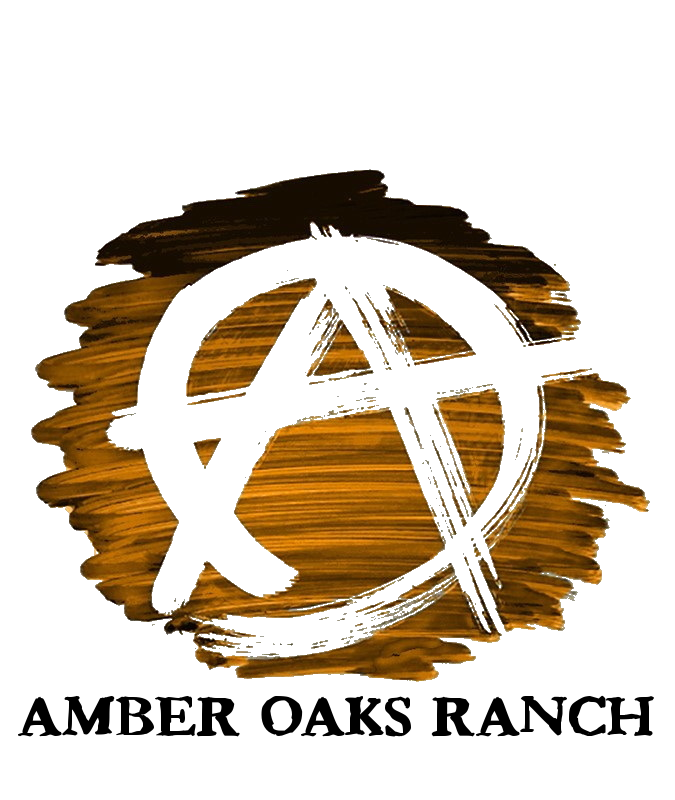We moved to Santa Fe in 2006 from Frisco, TX, a suburb of Dallas. I was getting tired of living the suburban lifestyle, and a job opening afforded me the opportunity to move. Santa Fe is 30 miles south of Houston, and while technically a suburb, it is definitely “country”. The in-laws were living in Santa Fe, and while visiting I couldn’t help but contrast the lifestyle of the people in Santa Fe to those in Frisco. The biggest difference could be seen in the children. I recall one visit to Santa Fe when, after pretty heavy rains, neighborhood kids were pulling each other around on inner tubes. It was like tubing on water, but instead of a boat, they used a 4-wheeler, and instead of water, it was mud! In Frisco, you rarely saw kids out playing unsupervised. You typically only saw them during organized sports. So needless to say, when an opportunity to move came up, I jumped on it. We sold our big house on a small lot in Frisco and bought a small house on 7 acres in Santa Fe. There was lots of work to be done on the house and property in Santa Fe, but I enjoy that kind of stuff. We had to make some sacrifices to afford it, but ultimately it paid off. We moved into a 1,850 square foot home that was built in 1970 and hadn’t been updated much since. The was a 36′ x48′ pole barn that was so heavily termite-infested, that the sheet metal was the only thing holding it up. All the fences were overgrown with trees, and the pastures were overgrown with weeds. There was a fairly large pond, but it was so heavily overgrown with trees that you wouldn’t know it was there until you were knee-deep in water.












Of course, when you own over an acre of land you have to have animals to keep the grass down. We went through the gamut. The wife had memories of her childhood, so we got a horse, or two, or three (that is a whole other story). And I was always looking for ways to save money, so we started raising meat rabbits. I progressed from rabbits and chickens to sheep and pigs (with a failing venture into Miniature Cattle). I’ll probably dedicate a separate page to each of our animal ventures, and my lessons from gardening, but let’s just say we lost quite a few. I ultimately settled in on Royal White Sheep and American Guinea Hogs. I was selling breeding stock at a nice premium, and though I can’t say I made any money, it was enough to fund my hobbies and learn a lot.
I think starting small is an important concept. It is much easier (and less expensive) to manage a few rabbits than a herd of cattle. It also gives you opportunity to track your expenses, build your infrastructure, and gain knowledge. As I embark on my next project, Amber Oaks Ranch, I will do so with a myriad of lessons learned. I won’t elaborate much on the specific skills necessary for homesteading as there are plenty of great resources out there. I would particularly recommend Backwoods Home Magazine and any books written by Gene Logsdon.
Another area I started to dabble in is raising crops to feed the animals. Raising livestock can be a costly venture as many need more than just grass to thrive. Of course, breed selection is paramount in minimizing supplemental feed, being able to grow that feed helps reduce your bottom line, manage the quality, and ultimately increase profits. I found good success in growing cowpeas, buckwheat, sunflowers, and Jerusalem artichokes (sunchokes). I was less successful in growing pumpkin and squash (as I couldn’t keep up with the pests and didn’t want to resort to pesticides). I took this idea one step further and started growing trees that could feed the pigs (fruit and nuts) and then one step beyond that, raising fish that would feed both me and the pigs. This whole idea is deemed “function stacking” in the world of Permaculture – the fish fillets would feed the family, while the waste (heads and guts) would feed the pigs. I did this same thing with eggs. Chickens and Ducks would feed themselves most of the year and produce an over-abundance of eggs at no cost to me. The pigs could use that extra protein and fat in their diet. By using the natural ability of the chickens to gather their own food from the land and convert it into quality food for the pigs, I was able to reduce my labor and feed costs. All these experiments will get me off to a good start at Amber Oaks Ranch.



















Add Comment